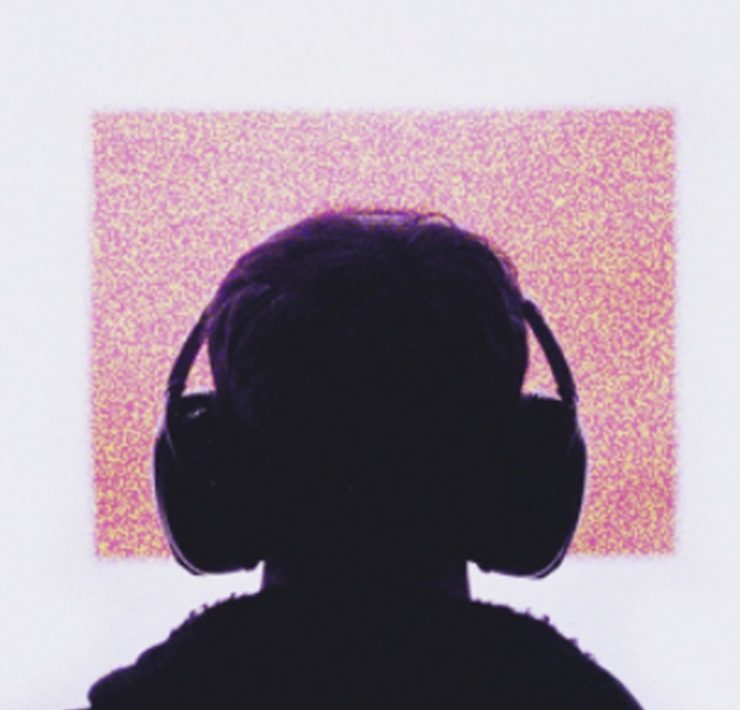Meditation, with corpses and pythons


A decomposing body may not seem like an ideal meditation aid, but at some of Thailand’s tens of thousands of Buddhist temples, it is common to find monks reflecting while seated before a rotting corpse.
The practice of corpse meditation, largely limited to Thailand today, is an ancient concept in Buddhism, sanctioned by the Buddha himself. There are centuries-old murals and manuscripts depicting scenes of meditation next to different types of cadavers, some infested with worms, others cut in two or being picked at by crows.
The unpleasant sight and overpowering stench of flesh decaying in tropical heat can impart lessons about important Buddhist precepts, like nonattachment to one’s body and the impermanence of everything, said Justin McDaniel, a professor of religious studies at the University of Pennsylvania.
The ritual is viewed as a powerful way to learn selflessness, Professor McDaniel said, “and the more selfless you are, the closer you are to nirvana.”
The corpse is often that of a child or young adult who has died unexpectedly. A family will donate the body to a temple, hoping something good can come from the tragedy.
The monks see the deceased young people as “representing the best of humanity,” Professor McDaniel said. “They’re innocent — not so selfish and greedy and ambitious. If something so beautiful can decay, why are you so proud and vain? You’re even uglier.”
The abbots who run Thailand’s temples, or wats, have tremendous leeway in adopting innovative approaches to meditation, and certain practices may be limited to a single sanctuary.
At one temple in Nong Bua Lamphu Province, a monk meditates in what appears to be hot oil. At another temple, Wat Tham Mangkon Thong, nuns meditate while floating in a pool. At Wat Pai Civilsai, meditation has taken place in a box with pythons. Monks also meditate in caves and coffins, where the absolute darkness enhances concentration.
So-called forest monks who observe strict ascetic practices known as dhutanga are said to meditate while walking for weeks without ever lying down, even to sleep.
It is not only monks who meditate in ways that may seem extreme.
Julia Cassaniti, an anthropology professor at Washington State University, was walking in the woods of a Thai monastery when she heard screams coming from a hut. The laypeople inside were using meditation to interact with their past lives, a struggle that adherents describe as painful.
A meditation technique that both monks and laypeople practice is a 10-day period of total silence. Some temples offer meditation retreats for tourists and encourage visitors to remain awake for the final three days.
“The sleep deprivation is seen as worth it to get to the first stages of enlightenment,” said Brooke Schedneck, a lecturer in Buddhist studies at the Institute of South East Asian Affairs in Chiang Mai, Thailand.
The goal of meditation for all Buddhists is to gain insights into spiritual truths. These more extreme practices, Professor Cassaniti said, can “heighten the access, so you get there a little faster or more intensely.” NYT
















